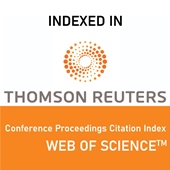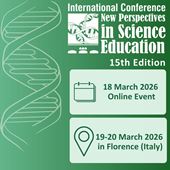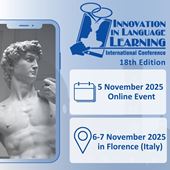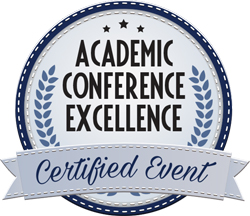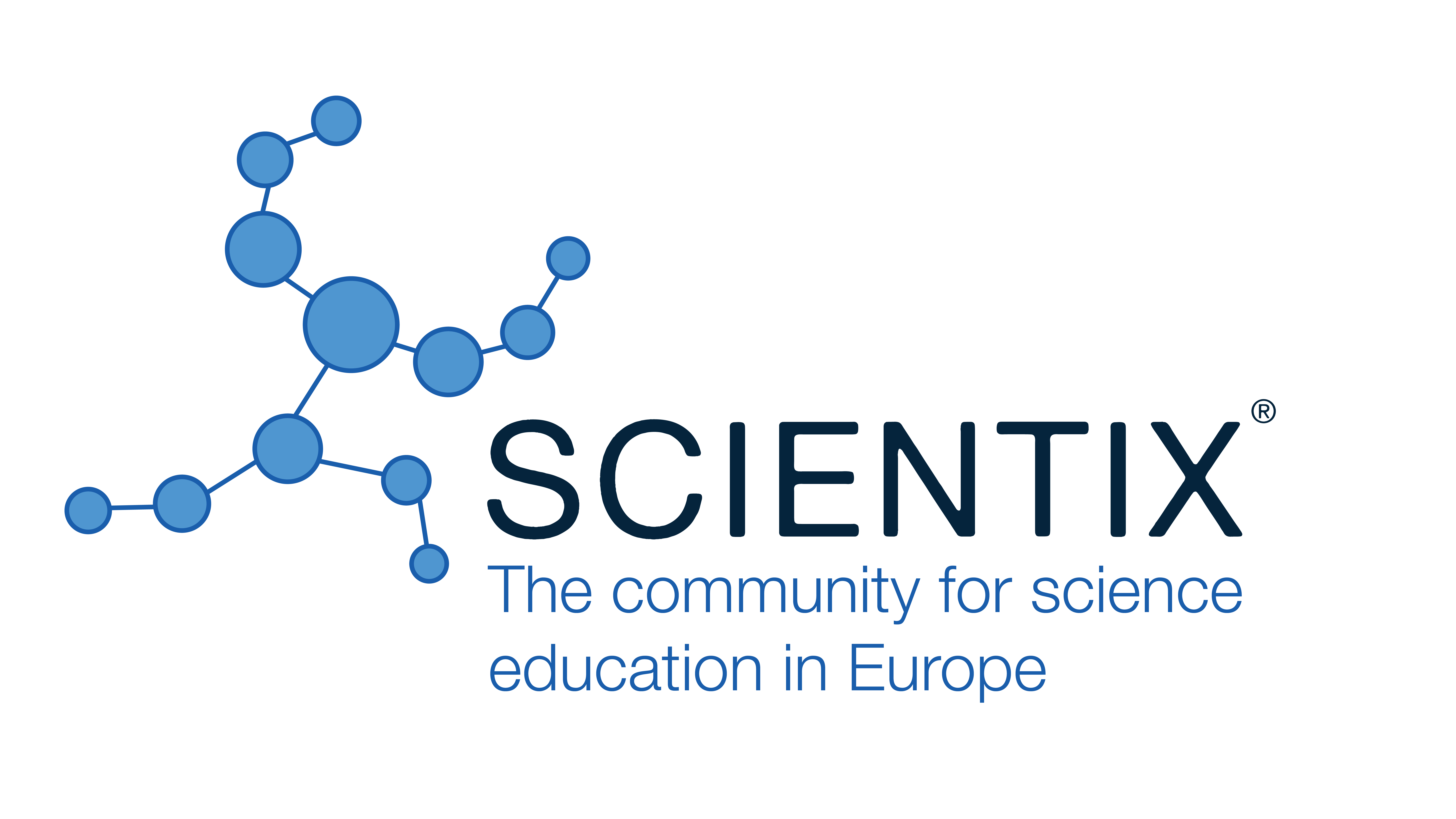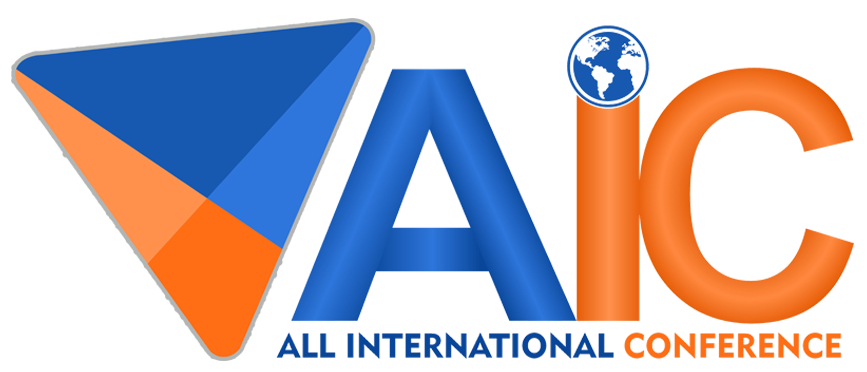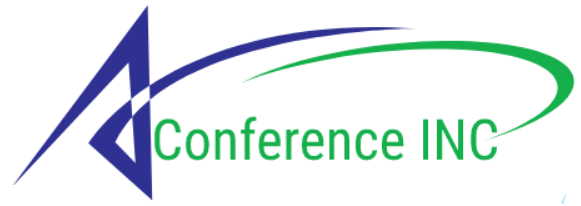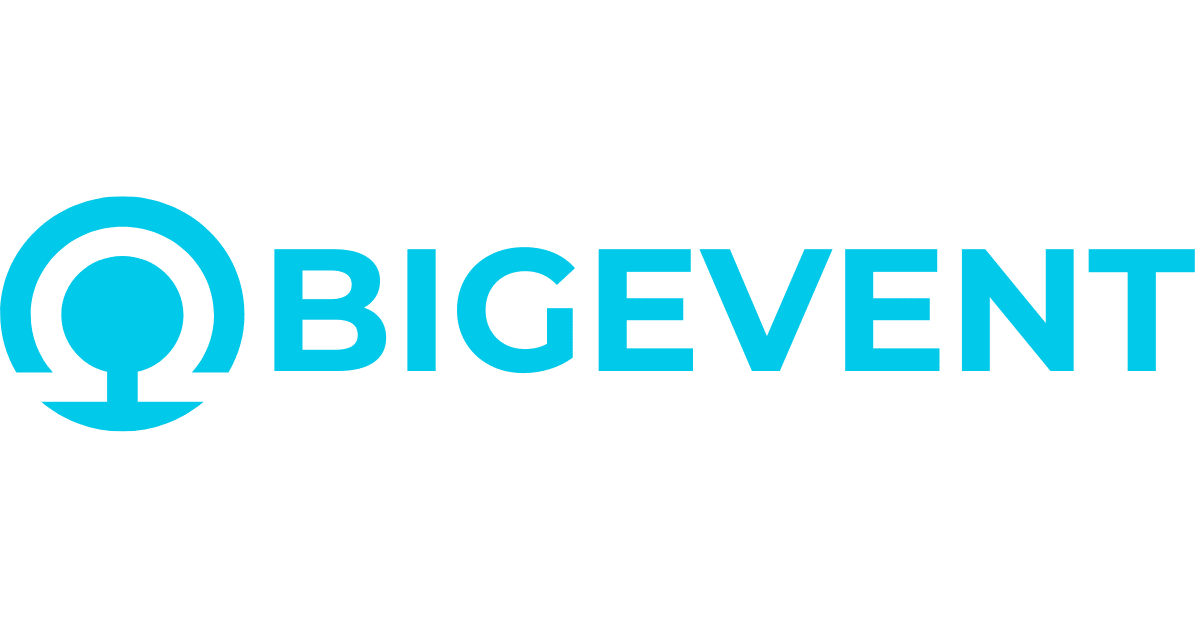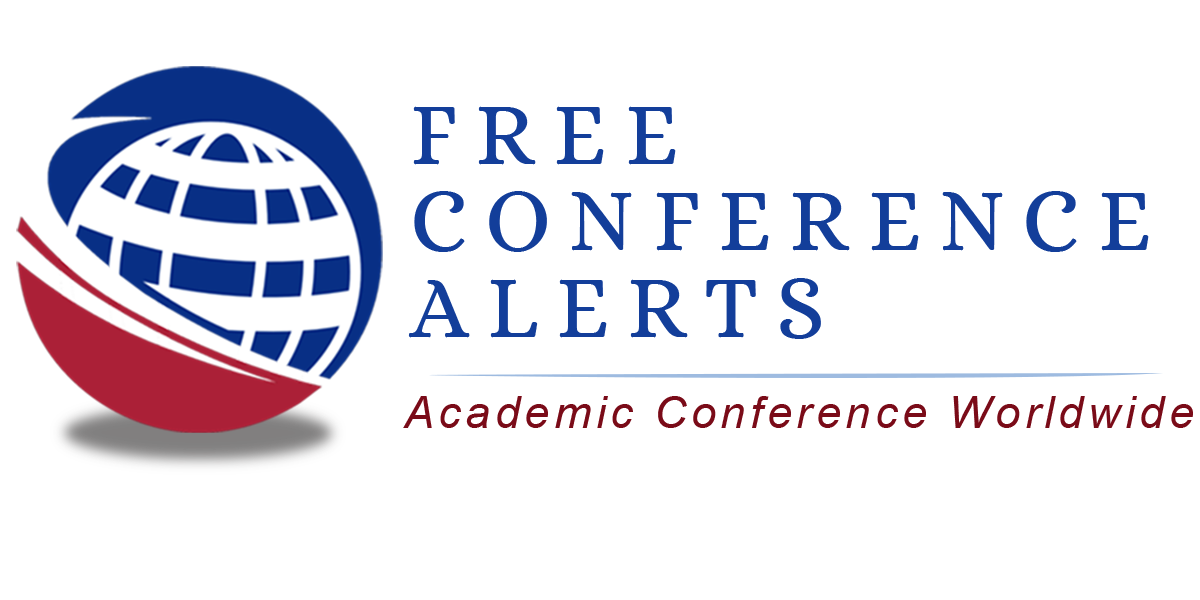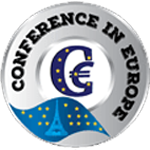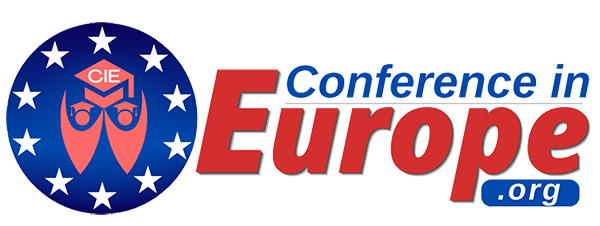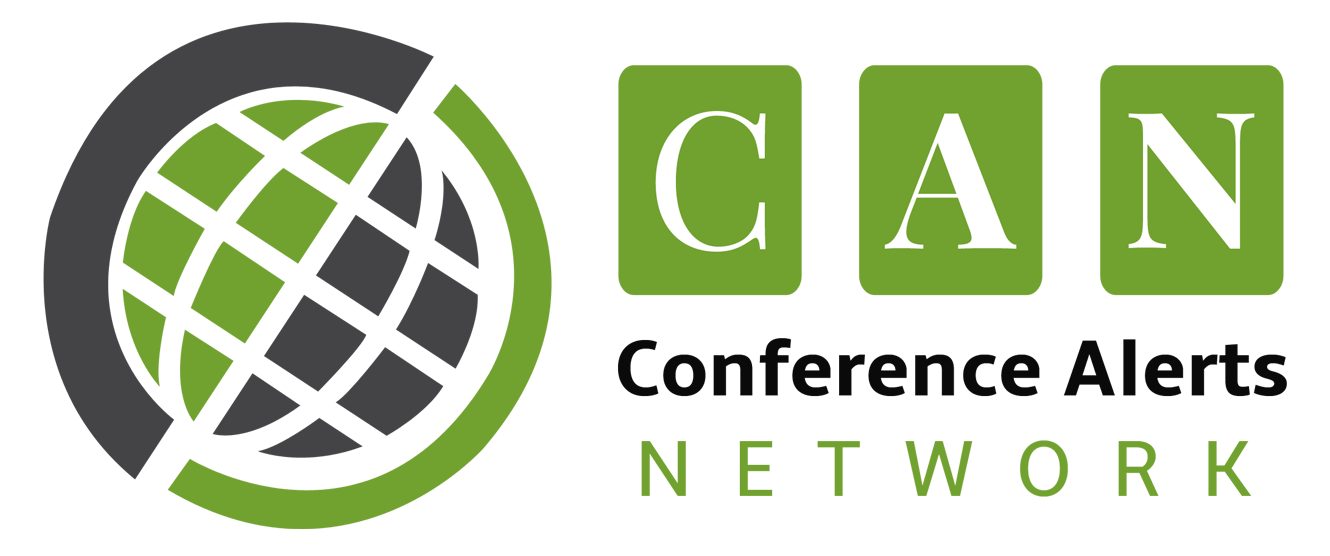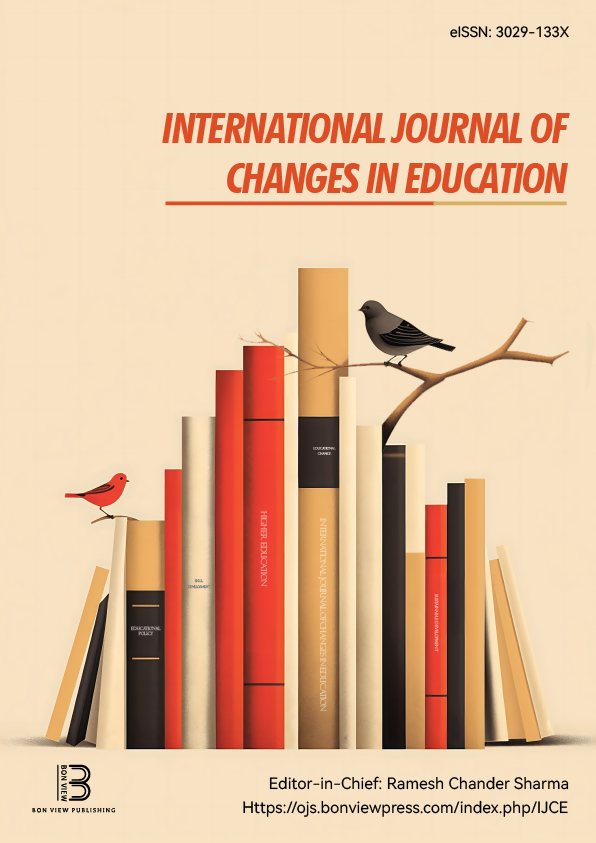The TAPPEO Project: Embracing Linguistic Diversity in Early Childhood Education in Romania
Irina Gheorghiu, Albert Ludwigs Freiburg University (Germany)
Roxana Barbieru, EuroEd Primary School Iasi (Romania)
Roxana Neagu, EuroEd Primary School Iasi (Romania)
Claudia Elena Dinu, Gr. T. Popa University of Medicine and Pharmacy, Iasi (Romania)
Irina Ionita, Gr.T. Popa University of Medicine and Pharmacy Iasi (Romania)
Stefan Colibaba, Al. I. Cuza University (Romania)
Abstract
The article is a study based on the "Teacher Academy for Plurilingual Preschools: A path towards equal opportunities" (TAPPEO) project, under the Erasmus+ Programme. The TAPPEO project aims to promote plurilingualism among young learners by providing educators with advanced knowledge and innovative teaching practices such as CLIL, immersive language experiences, and culturally responsive teaching. The project uses digital and artificial intelligence tools to enhance young learners’ linguistic capacity and cognitive development. It fosters a community of practice where both in-service and pre-service teachers will collaborate, share expertise and cultivate a sense of belonging. A key focus of TAPPEO is the development of engaging and effective educational materials that support linguistic diversity and cognitive growth, with particular attention given to inclusion for migrant students and children with different mother tongues than the language of instruction. The project's deliverables are designed for widespread dissemination and open access for the educational community, encompassing a diverse range of resources. By fostering a collaborative environment, TAPPEO aims to empower educators to better meet the needs of all students, ensuring that every child has the opportunity to thrive in a supportive learning environment. The article outlines the objectives and outputs of the project while highlighting the main research findings related to bilingual education in Romania. These findings emphasize the importance of integrating bilingual education strategies into standard curricula, promoting linguistic diversity as an invaluable asset. Furthermore, the project stresses the necessity of ongoing professional development for teachers to effectively implement these innovative approaches in their classrooms.
Keywords: bilingual and plurilingual education, teacher professional development, research, digital and AI tools
REFERENCES
[1] Clipa, O. (coord.). (2024). Educația timpurie: Resurse pentru dezvoltarea practicienilor. Editura Trei.
[2] Consiliul Europei. (n.d.). Romani-Plurilingual Policy Experimentation. https://rm.coe.int/report-on-romani-plurilingual-policy-experimentation/1680ae4b04
[3] European Commission/EACEA/Eurydice. (2021). Education and Training in Europe 2021: Romania. https://eacea.ec.europa.eu/national-policies/eurydice/content/romania_en
[4] Hulea, M. (2024). Studying bilingual education in Romania: Insights from the classroom. IATED. https://library.iated.org/view/HULEA2024STU2
[5] Ministerul Educației Naționale. (2023). Raport privind starea învățământului preuniversitar din România (an școlar 2023–2024). https://www.edu.ro/sites/default/files/_fi%C8%99iere/Minister/2024/div/Rapoarte_sistem/Raport_Stare_invatamant_preuniv-2023-2024.pdf
 Innovation in Language Learning
Innovation in Language Learning
